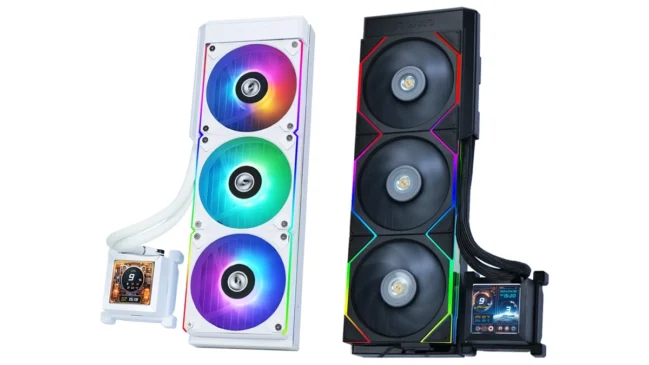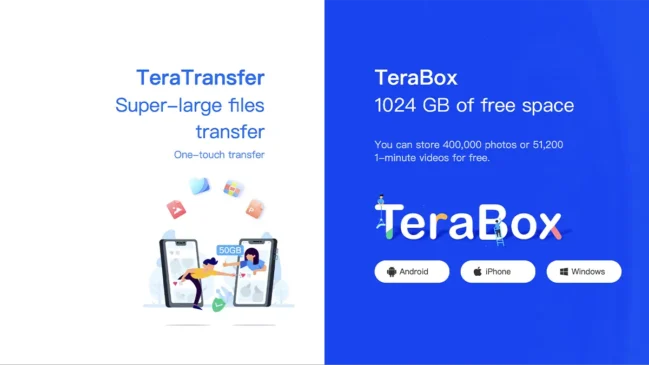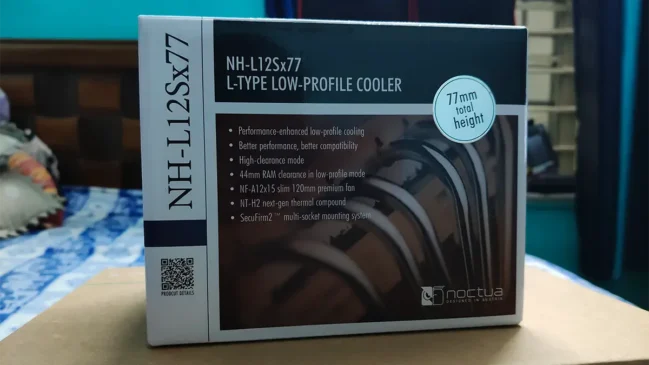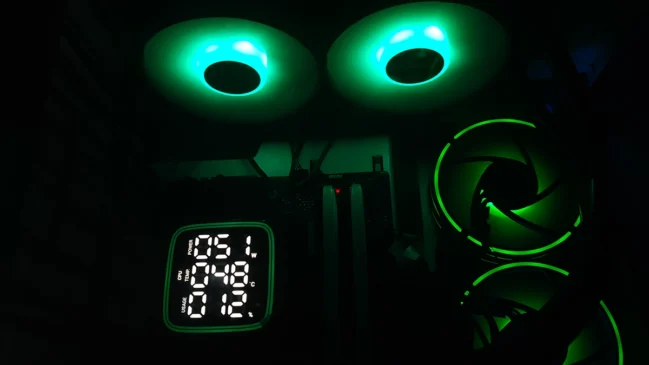
Intel is proud to announce the 7th-Generation Core Processors. Codenamed Kaby Lake, these chips will start shipping to consumers later this year.
During a Developer Forum keynote, the CEO of Intel, Brian Krzanich confirmed that Kaby Lake chips are in transit to PC partners. There is a strong chance that these chips will appear on the new consumer devices in autumn.
The rumors on the release of a new Surface Book 2, powered by Kaby Lake seems truer now thanks to this confirmation. Though this may not be the first device to feature the chip, as Asus did an early-unveiling of the Kaby Lake powered Transformer 3, to be available later this year.
Built on the 14nm manufacturing process, the Kaby Lake is here to succeed the Skylake architecture. With an improvement on power efficiency and performance, the chip also supports USB Type-C, native Thunderbolt 3 and native HDCP 2.2.
Though no details has surfaced on the technicalities of the chip, demonstrations showing the chip’s ability to play and create 4K content and play Blizzard’s Overwatch without an external GPU shows the definite improvement over past generations.
Kaby Lake Architechture Supports USB Type-C, native Thunderbolt 3 and native HDCP 2.2.
In the wake of this announcment, Sony Pictures Home Entertainment is teaming up with Intel to make their premium 4K movies available on 7th-Gen Core processor powered PCs.
The 7th-Gen Processors will be topped by Intel’s first 10nm chips. Titled Cannonlake, these 10nm chips will be released in the second half of 2017. Cannonlake was supposed to debut in 2016, but due to challenges faced in the shrinking size of transistors, it was pushed back to a later date.
The CEO of Intel, Brian Krzanich has said, “In the second half of 2017, we expect to launch our first 10nm product, codenamed Cannonlake.”
Intel is steadfast in continuing Moore’s Law of ever smaller chips, despite technical drawbacks. They are in the early concept stages of 7nm and 5nm technologies.
Intel has stated in an interview last year, “We can see about 10 years ahead, so our research group has identified some promising options [for 7nm and 5nm] not yet fully developed, but we think we can continue Moore’s Law for at least another 10 years.”






